As solar storms spark geomagnetic storms, dazzling Auroras shine on Russia’s Murmansk
Russia’s Murmansk witnessed some dazzling aurora views on October 21. Here’s how it formed.
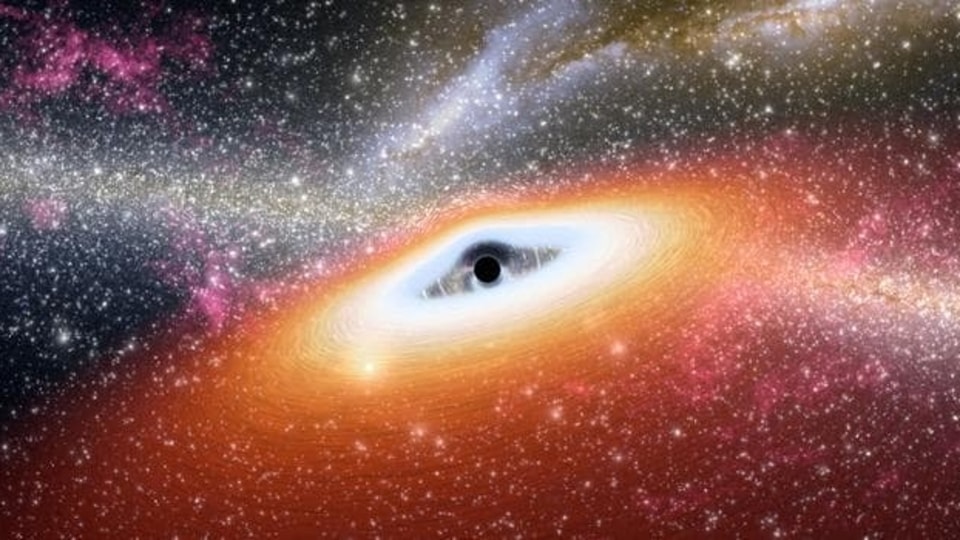
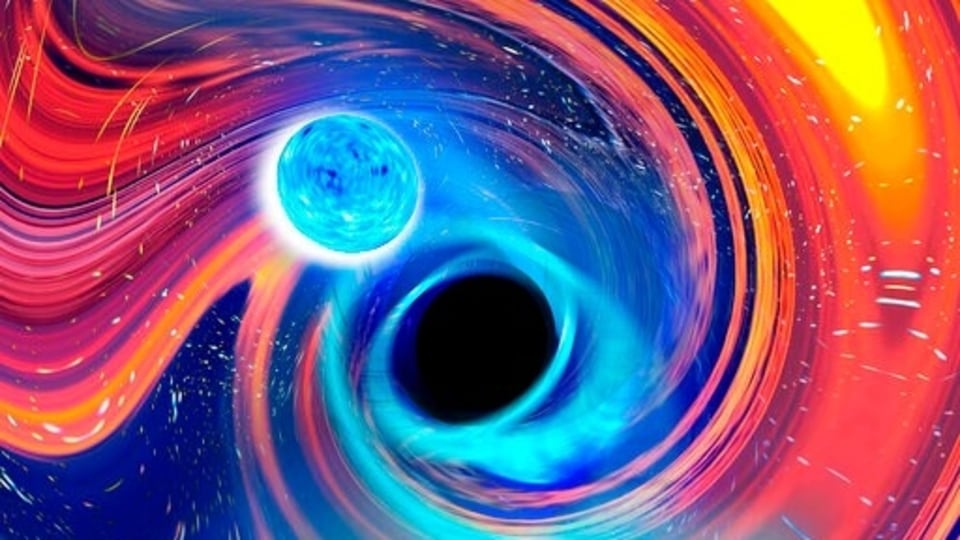

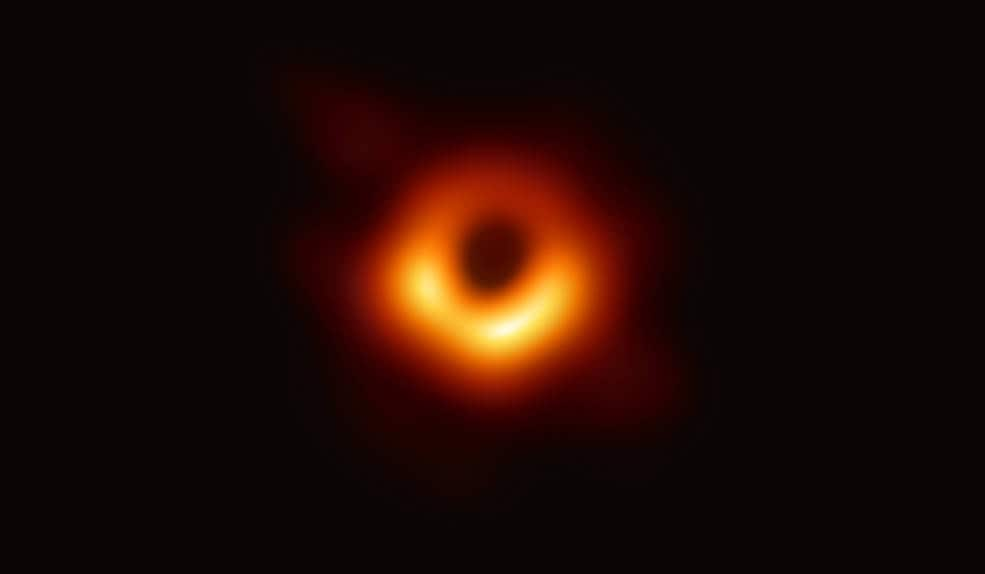
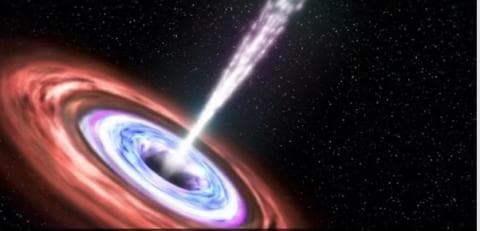
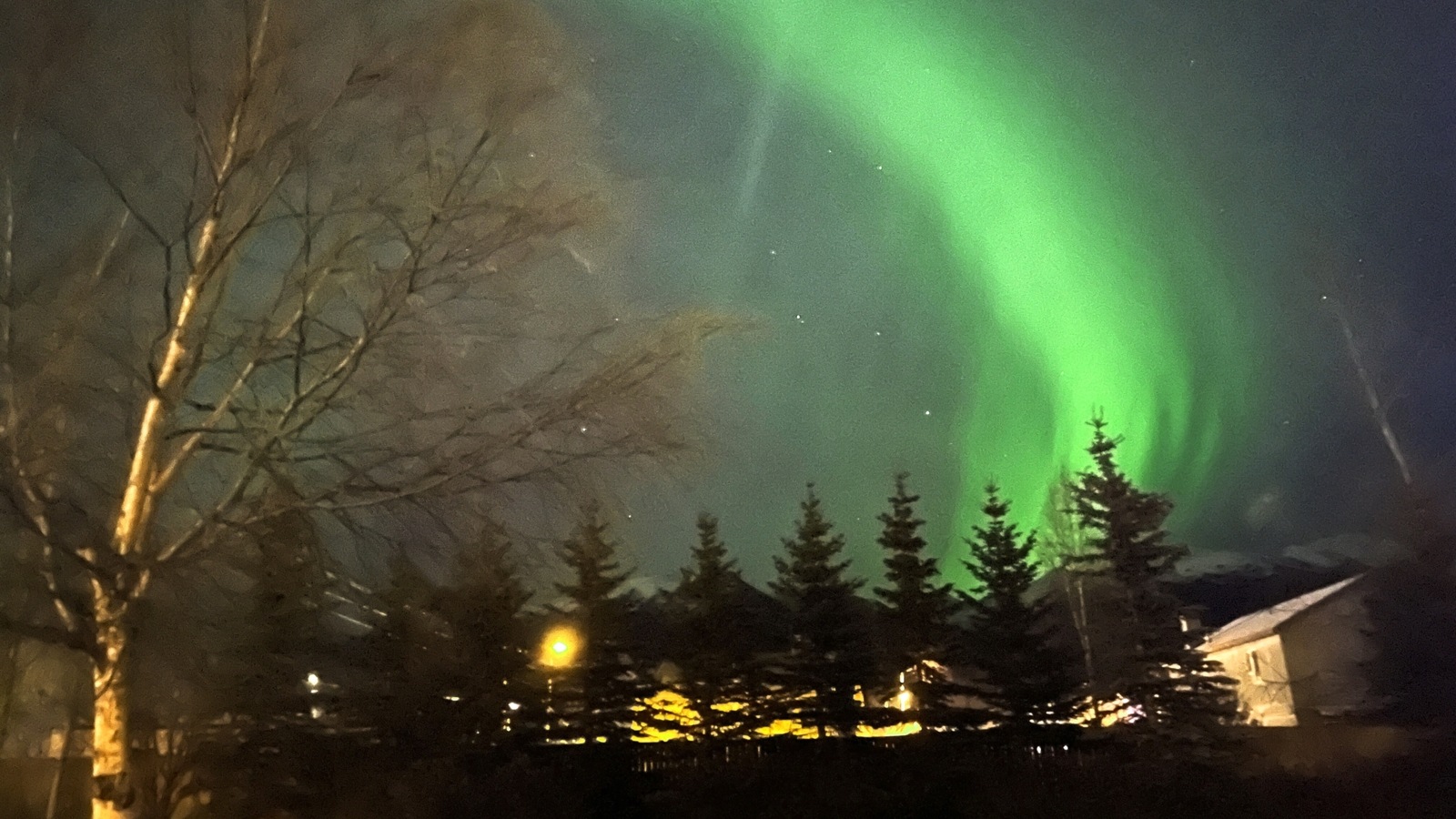
 View all Images
View all ImagesThe extreme volatility on the Sun is having an impact on Earth too. The reason is that the Sun has frequently been generating solar storms and when these high energy particles smash into Earth's atmosphere, there are many things that happen at the same time. Among them are the fascinating Auroras. In the latest development, the solar wind has opened a crack in Earth's magnetosphere on October 22, which has set the stage for geomagnetic storms and the Auroras, SpaceWeather reported.
Auroras, or Northern Lights, have been seen in Russia's Murmansk region and these have created some spectacular views.
What causes an aurora
The auroras are formed by streams of electrified particles trapped in the Earth's magnetic fields which are emitted by the Sun. NASA explains that when a solar storm comes in the direction of the Earth, some of the energy and small particles travel down the magnetic field lines at the north and south poles into Earth's atmosphere. Resultantly, when charged particles from the sun collide with the planet's magnetic field, geomagnetic storms occur.
These particles converge above the poles by the Earth's magnetic field lines, which is why we observe auroras in these areas. Auroras appearing at the northern pole of the Earth are commonly known as Northern lights or aurora borealis, similarly, the auroras on the south pole are called southern lights, or Aurora Australis.
Do you know?
You will be surprised to know that Auroras are not something that happen only on Earth! If a planet has an atmosphere and magnetic field, they probably have auroras. NASA has earlier shared some amazing images of auroras on Jupiter and Saturn.
Catch all the Latest Tech News, Mobile News, Laptop News, Gaming news, Wearables News , How To News, also keep up with us on Whatsapp channel,Twitter, Facebook, Google News, and Instagram. For our latest videos, subscribe to our YouTube channel.





























